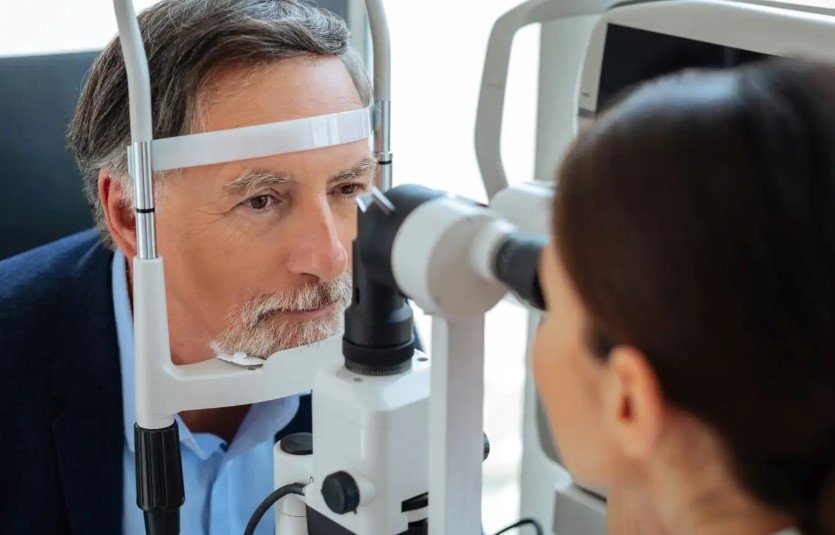Researchers have developed a groundbreaking eye drop that slows vision loss in animals, raising hopes for a potential breakthrough in treating inherited eye diseases like retinitis pigmentosa.
A Ray of Hope for Retinal Diseases
Millions of people worldwide suffer from degenerative retinal diseases, which progressively rob them of their sight. This new study, published in Communications Medicine, explores how eye drops containing pigment epithelium-derived factor (PEDF) peptides could change the game.
PEDF is a protein naturally found in the eye, known for its ability to protect retinal cells. The research, led by Patricia Becerra, Ph.D., from the National Eye Institute (NEI), showed that PEDF-based eye drops could slow vision loss in animals affected by retinitis pigmentosa and dry age-related macular degeneration (AMD).
“While not a cure, this study shows that PEDF-based eye drops can slow progression of a variety of degenerative retinal diseases,” Becerra explained. The team is optimistic about moving into human trials soon.

How the Eye Drops Work
The study focused on two peptide formulations — small protein fragments — derived from the active region of PEDF.
- 17-mer: A 17-amino acid peptide that mimics PEDF’s protective properties.
- H105A: A similar peptide engineered to bind more tightly to the PEDF receptor, enhancing its effect.
When applied as eye drops, both peptides reached high concentrations in the retina within an hour. The effects persisted for up to two days, giving hope that this treatment could be practical for humans.
Tackling Cellular Stress — A Common Enemy
At the heart of degenerative retinal diseases is cellular stress. Retinitis pigmentosa alone is linked to dozens of genetic mutations, but the end result remains the same: stressed retinal cells lose function and die, leading to blindness.
PEDF acts like a shield, protecting these cells from stress-induced damage. By delivering PEDF peptides directly to the eye, researchers aim to slow down the chain reaction that ultimately causes vision loss.
Safety and Next Steps
One major win for the research team? No toxicity or side effects were observed in the animal models. Both peptide formulations were well-tolerated — a critical step before human trials.
“We’re thrilled to see such encouraging safety data,” Becerra said. “Given these results, we’re excited to begin trials of these eye drops in people.”
The next phase involves securing regulatory approvals and designing human trials. If those succeed, these eye drops could offer a simple, non-invasive way to extend vision for patients with previously untreatable retinal diseases.
